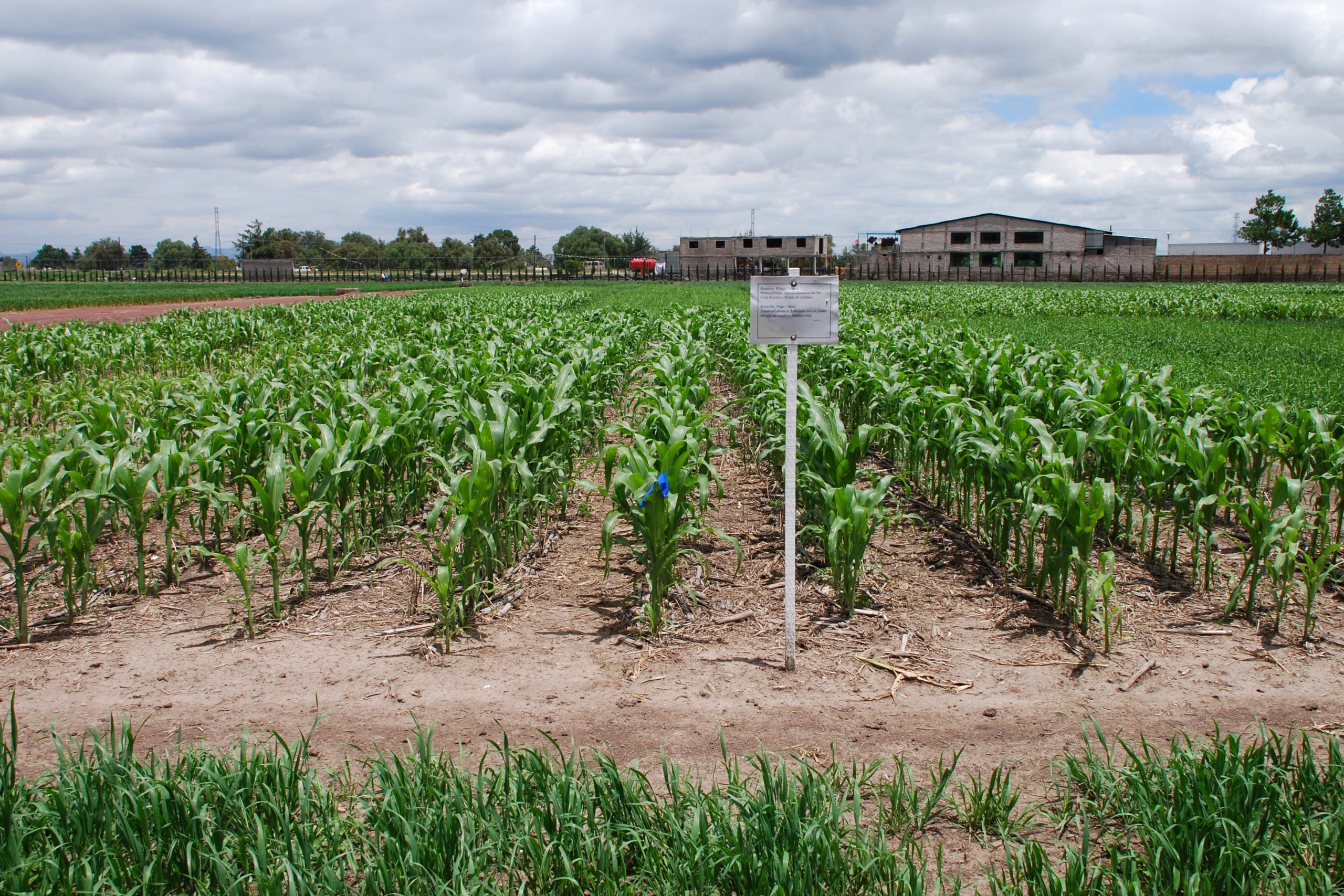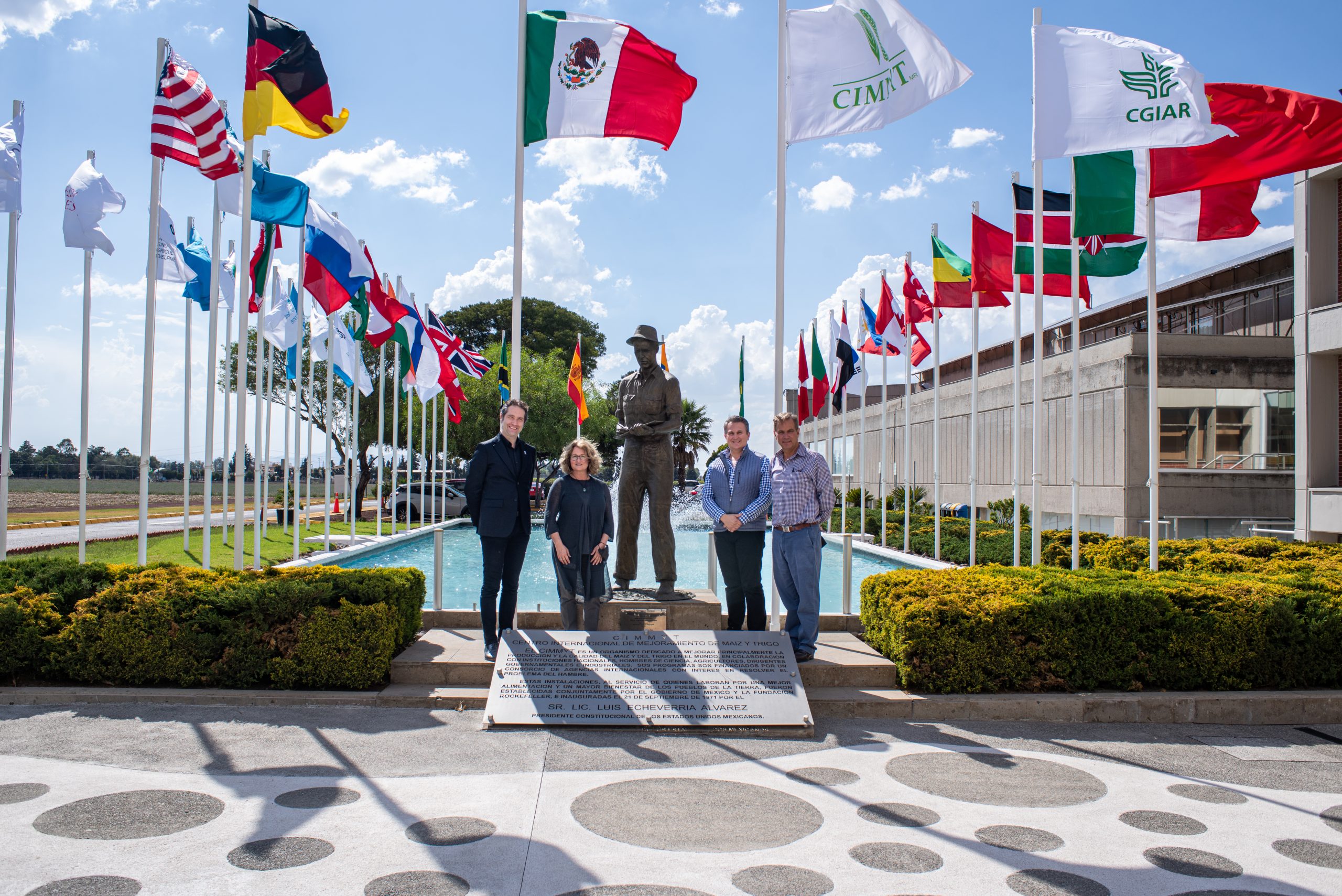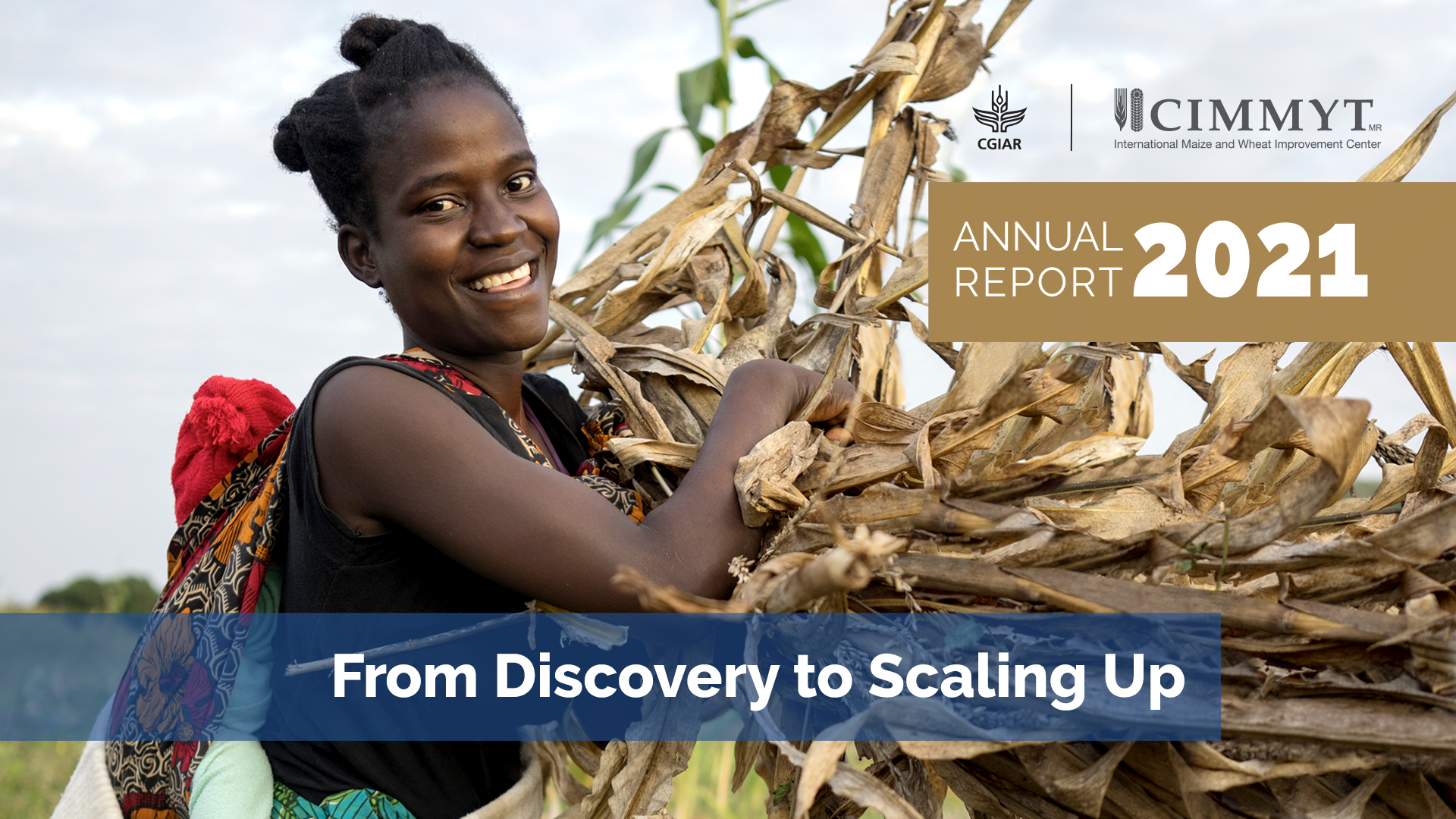As the world searches for effective solutions to mitigate and adapt to climate change while navigating the cost-of-living crisis, delivering food security goals alongside robust economic value is more imperative than ever in agricultural research.
CGIAR plays a vital role in this mission, aiming to transform food, land, and water systems in collaboration with its 15 Research Centers, such as CIMMYT. Now, a new study published in World Development comprehensively analyzes CGIAR’s fiscal impact on global agricultural over nearly 60 years.
The economic impact of CGIAR-related crop technologies on agricultural productivity in developing countries, 1961–2020 suggests that adoption of these technologies equates to US $47 billion annually in economic benefits, with an overall economic benefit of US $1,334 billion for the years covered by the study.
Additionally, investment in productivity gains for staple crops in developing countries has aided entire populations by securing lower food prices and generating large local growth multipliers, thus achieving a greater impact on poverty reduction when compared to productivity growth in other sectors.
CIMMYT contributes 40% of total CGIAR varietal impact
At least 221 million hectares in at least 92 countries were occupied by CGIAR crop technologies in 2020. Between 2016 and 2020, CIMMYT maize varieties accounted for 24.5 million hectares (11%) of this figure, while CIMMYT wheat varieties made up almost 74 million hectares (33%).
An example of how these CIMMYT varieties impact farmers can be seen in sub-Saharan Africa, where using improved maize seed led to an overall average increase of 38.9% in yields to 1,104 kilograms per hectare (kg/ha), equal to an increase of 429 kg/ha. With increased yields come increased profits and employment security for farmers and their families.
The frequency with which technologies are upgraded also signifies the impact of agricultural research and development (R&D) on crop productivity and the economy. On the 221 million ha planting area, many farmers utilize second or third generation technologies. For example, average varietal generation in maize is estimated to be 1.1, meaning that 10% of farmers use a second-generation variety, and most wheat farmers were also using second or third generation modern varieties. This highlights that ongoing crop research continued to impact productivity, even when the size of the adoption area remained constant.
Expanding the impact
As CGIAR’s reach and capacity have grown, economic benefits are now apparent in an increased number of global regions compared to when its work began. Initially, most economic benefits came from wheat and rice farming in Asia; however, 30% of CGIAR crop technologies now occupy sub-Saharan Africa, generating a significant share of its impact. This region remains heavily reliant upon CGIAR-related varieties, so continued investment is encouraged to maintain and build on the positive outcomes achieved to date.
“Considering the urgent need to attain nutrition security, CIMMYT always seeks ways to assure global food systems,” said Bram Govaerts, director general of CIMMYT. “This thorough analysis is a strong validation of CIMMYT’s work and its significance not just for farmers and their immediate families, but for communities and generations into the future. Our collaborative partnerships with CGIAR Research Centers and National Agricultural Research Systems (NARS) are integral in delivering successful projects that enable smallholder farmers to maximize the potential of their land.”
While similar studies have been undertaken in the past, this work takes a unique approach by drawing on a wider range of evidence built on country- and crop-specific data, such as the adoption of crop improvement technologies and productivity impacts per hectare, thereby providing a more granular assessment of CGIAR’s economic inputs.
Read the full study: The economic impact of CGIAR-related crop technologies on agricultural productivity in developing countries, 1961–2020.


 Nutrition, health and food security
Nutrition, health and food security 
